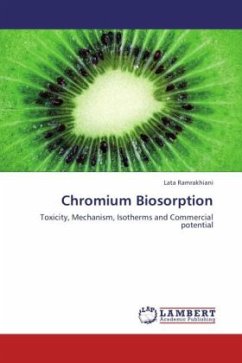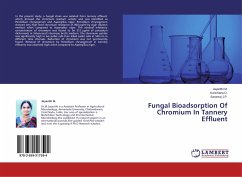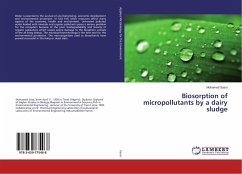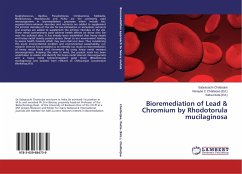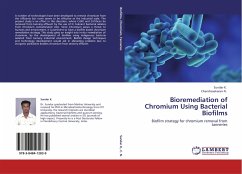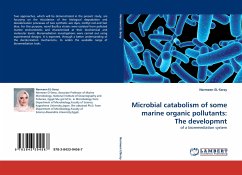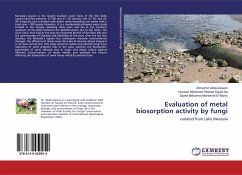Hexavalent chromium, Cr (VI) is highly toxic because of its carcinogenic, teratogenic and mutagenic effects as it damages DNA-protein cross-links and causes single strand breaks. A variety of diseases like bronchogenic carcinoma, asthama, pneumonitis and dermatitis have been associated with occupational Cr (VI) exposure. Biosorption is a promising biotechnological alternative to physico-chemical heavy metal removal techniques. It allows significant cost savings with multi-metal adsorption capacity and is more effective than Ion exchange process. It has gained momentum for employing low cost biosorbents with effective binding capacities for multiple metal ions. This book covers comparison on the various heavy metal removal techniques and advantages of biosorption process. Also the biosorption process, biosorption mechanism, isotherm equations, kinetic models, techniques used for biosorption studies, improvement in efficiency of biosorbents by pretreatment and/or immobilization, potential of biosorption process and commercial feasibility considerations have been discussed. This book can be used as a ready reference by students, researchers, policy-makers and technology developers.
Bitte wählen Sie Ihr Anliegen aus.
Rechnungen
Retourenschein anfordern
Bestellstatus
Storno

